1-3 months
External evaluation
Many Italian Regions approved laws about ecomuseums but few of them evaluated ecomuseums performances and non-monitored impacts. Recently, in some regions such as Lombardia and Piemonte, the second generation of legislation has come into force. It is contributing to shaping the so-called Italian ecomuseums 2.0.
The common issues emerging from the new laws are the role of ecomuseums in the care, management, enhancement and preservation of living heritage and landscape with community engagement and the need for a system to monitor the achieved results and the maintenance of the law’s minimum requirements.
Nowaday periodic monitoring and training activities are provided only in some Regions and Provinces such Lombardy and Puglia, but the recent law in the Piedmont Region provided a periodic monitoring.
Lombardia region evaluated ecomuseums both with a questionnaire (link) and through on-site visits. The new requirements for Lombardy ecomuseums also ask about monitoring cultural impacts.
The Network of Lombard ecomuseums approved the Vademecum for ecomuseums 2.0 that is a document that the Network makes available to all ecomuseums for the explanation and deepening of the minimum requirements for the recognition of ecomuseums in Lombardy.
Self (internal) evaluation
According to De Varine, evaluation appears not only as a legitimate condition for the awarding and maintenance of the “ecomuseum” label, but also and perhaps above all as a way of constantly improving the quality of methods and confirming the reality of social utility of each ecomuseum.
The ecomuseum process requires a critical follow-up as permanent as possible, which should be carried out voluntarily by its actors themselves, preferably accompanied by an outsider. De Varine proposed a collective work of self-examination which should lead to a consensual improvement of the objectives, methods and programs. It is not a question of producing quantitative results or supposedly “objective” statistics. It is also in a way a process of self-training for the people who are most involved in the life of the ecomuseum and who often have not received any specific professional qualification. Italian ecomuseums, and in particular those in Piedmont, have already been the subject of reflection and experimentation on this theme on several occasions. De Varine in 2015, tried a theoretical approach, at the request of the ecomuseums of Lombardy. Any self-assessment must be decided, designed and carried out by the people who take the initiative, and this as much as possible in a collective and contradictory way, in order to reach decisions by consensus.
The self evaluation table proposed by De Varine attempts to respond to three issues of any ecomuseum that I believe should be addressed separately:
The De Varine’s table of self evaluation of impacts was presented at the 2019 conference by Piemonte Region about ecomuseums (read more in french; see the table of evaluation)
The Inside-Outside Impact Model by Douglas Worts:

Nunzia Borrelli, Barbara Kazior, Marcelo Murta, Óscar Navajas, Nathalia Pamio, Manuel Parodi-Álvarez, Raul dal Santo, Julio Seoane

This project has been funded with support from the European Commission. The content of this website reflects the views only of the author, and the Commission cannot be held responsible for any use which may be made of the information contained therein.
Except where otherwise noted, content on this site is licensed under a Creative Commons Attribution 4.0 International license.